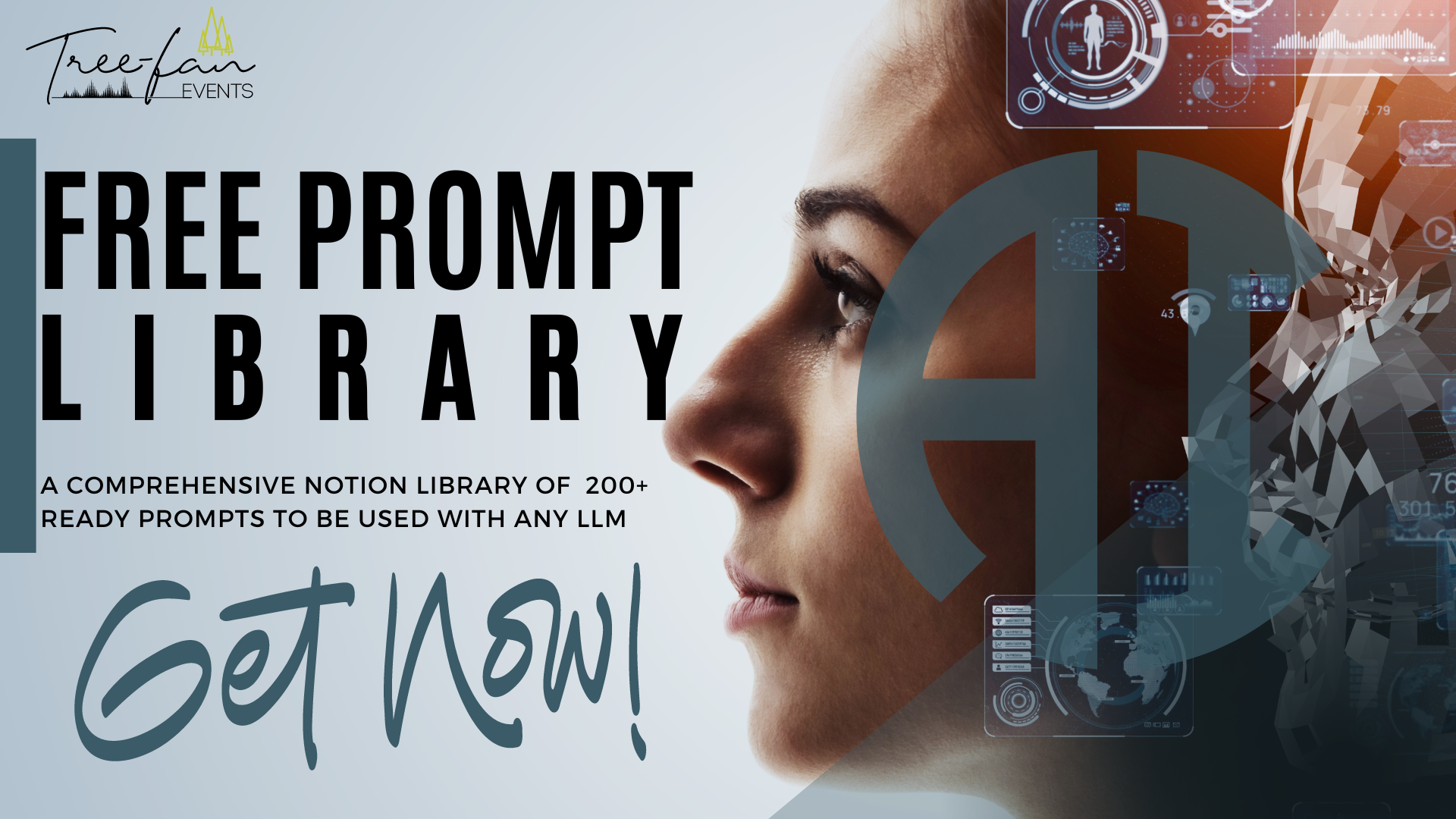Ever Wish Your AI Could Really Read the Room?
Today we’re going to look at how Emotional Calibration can enhance AI interactions by adjusting the emotional tone to fit different contexts. In today’s fast-paced, tech-driven world, the ability for AI to communicate effectively and empathetically is more important than ever. Enter Emotional Calibration, a method that adjusts the AI’s emotional tone to fit different contexts, making interactions more empathetic and impactful. Let’s dive into how this works and why it’s essential.
What is Emotional Calibration in AI?
Emotional Calibration in AI is the process of fine-tuning the emotional tone of AI responses to suit various contexts. This technique enhances how AI interacts with humans, ensuring that the communication is not only effective but also emotionally appropriate.
Why is Emotional Calibration Important?
Consider this scenario: An important event deliverable deadline has been missed. The stakeholders involved are the event organizer, a sponsor, and the client. Each of these parties will require a different approach to address the situation effectively.
Have you tried our custom GPT?
Supportive Event Organizer to the Team
Tone: Empathetic and encouraging.
Response: “Hey team, I know we missed the deadline, but let’s focus on how we can get back on track. Your hard work isn’t unnoticed, and we’ll get through this together.”
Why: This tone boosts morale and encourages a collective effort to move forward. It acknowledges the setback while motivating the team to continue working towards the goal.
Upset Client to the Event Organizer
Tone: Disappointed but professional.
Response: “We’re disappointed the deadline was missed. This impacts our plans significantly. Can we discuss how to prevent this in the future?”
Why: This tone conveys disappointment while maintaining professionalism. It shows the client’s concern and the need for a solution without escalating the situation unnecessarily.
Neutral Sponsor to the Event Organizer
Tone: Objective and factual.
Response: “The deadline for the deliverable was missed. Please provide an update on the new timeline.”
Why: This tone is neutral and seeks information without emotional bias. It helps in gathering necessary details without adding any emotional weight to the conversation.
Our recent podcast season, The Evolution of AI, is full of resources, strategies and tips on AI. Tune in now.
Enhancing AI Communication
By fine-tuning AI’s emotional responses, we can significantly enhance its interactions in various professional settings. This technique is particularly valuable in areas such as customer service or content creation, where the right tone can make a substantial difference.
Benefits of Emotional Calibration in AI
- Empathy and Understanding: AI can respond in ways that show understanding and empathy, improving user experience.
- Professionalism: Adjusting tones according to the context ensures that communications remain professional and appropriate.
- Effectiveness: Tailored responses can lead to more effective problem-solving and conflict resolution.
- Natural Interaction: Makes AI interactions feel more natural and human-like.
Implementing Emotional Calibration in Your AI
Curious about how to make your AI communicate with more empathy and precision? Start by incorporating Emotional Calibration into your prompts. Assess the context of each interaction and determine the appropriate emotional tone. Use language that fits the situation and reflects the desired emotional response.
Example Prompts:
- Supportive Tone: “I understand this is a challenging situation. Let’s work together to find a solution.”
- Disappointed but Professional Tone: “This delay is unfortunate and has significant impacts. Let’s discuss how we can avoid this in the future.”
- Neutral Tone: “Please provide an update on the current status and the revised timeline.”
By integrating these strategies, you can enhance the effectiveness and empathy of your AI communications.
Conclusion
Emotional Calibration is a powerful tool that can transform AI interactions, making them more empathetic, professional, and effective. As AI continues to evolve, the ability to read the room and respond appropriately will become increasingly crucial. Whether you’re in event planning, customer service, or any other industry, incorporating Emotional Calibration into your AI strategy can lead to more meaningful and impactful communications.



